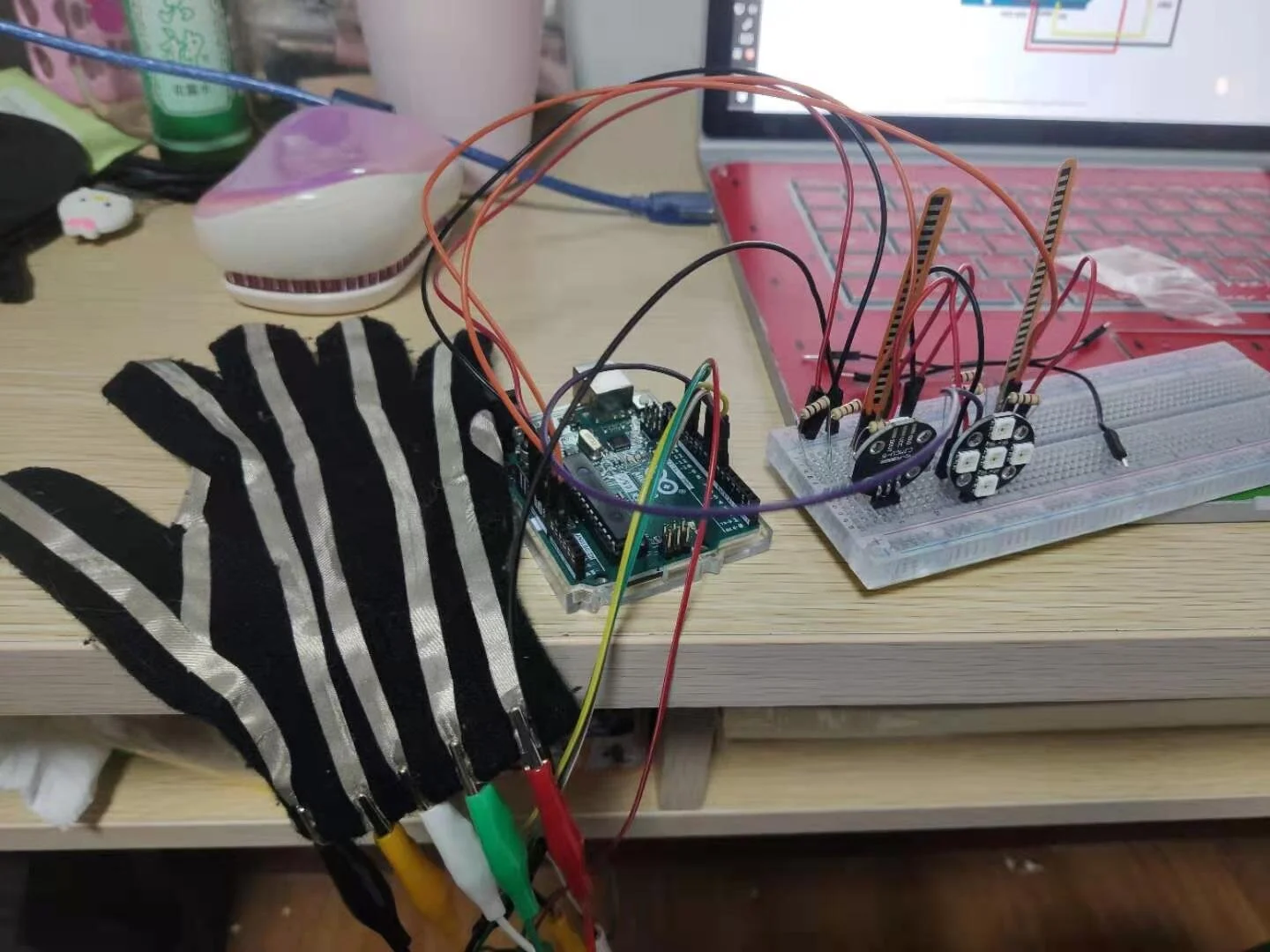River by Grace Barar
The Los Angeles River spans a total of 48 miles and cuts through the heart of Los Angeles. Before the creation and opening of the California aqueduct, the LA river provided all Los Angeles residents with clean and fresh water. However, the river led to floods in the rainy season that devastated nearby communities and thus the river bed was paved and the infamous channel was created. Overtime, the river has become increasingly polluted and neglected by the city - forgotten and seen as a hazard more than a life source. Through urban development and expansion, marginalized communities were constricted to neighborhoods along the banks of the river. These areas soon became fraught with environmental hazards and are known for polluted conditions and unhealthy air quality stemming from the river. The communities living closest to the polluted river are also those that hold jobs in the service and production sectors of the economy, fueling the city’s development. Economic oppression is concentrated in the neighborhoods closest to the banks of the river; in these communities, more than 50% of the population lives below the poverty line(1).
In 2007 the city of Los Angeles approved a $1.3 billion dollar plan to revitalize an 11-mile stretch of the LA river with the goal of transforming the biohazard into an urban sanctuary. This plan was not created to address displacement, environmental racism, and economic inequity. Communities closest to the river were not involved in the planning and implementation of the revitalization project and the river transformed to the benefit of elites. Without centering and being led by those most impacted by the river, the revitalization project failed to repair the relationship between these communities and the land on which they reside.
This project holds the tension of these conflicting relationships to the river - the material needs of those systematically oppressed and the environmental racism enacted in pursuit of economic expansion.
The garment is constructed from hand dyed muslin and yarn. The muslin is given its color from the native Toyon bush and berry and the yarn is dyed from California Pepper Tree bark and leaves. Both plants grow along the river and have survived years of neglect and drought. The yarn has been tufted to form capacitive sensors that, when touched, light up small LEDs. The neighborhoods (tufted patches) depicted on this garment are those in which at least 50% of the (population lives beneath the poverty line. These communities are the communities that support the city- they make the city flow. The LEDs represent the revitalization projects that have been undertaken and completed by the city. The garment itself reflects the geography of the area surrounding the river with the placement of sensors and LEDs as well as the black topographic tulle that surrounds the river. It becomes clear upon interaction with the garment that the revitalization projects fall outside of the communities directly impacted by the river’s condition.
The dress represents the inequity and environmental racism that flows through Los Angeles as well as intricacies of the effects of the LA river revitalization projects.
Poverty | LA River Index. (2021). Retrieved 18 March 2021, from http://riverlareports.riverla.org/public-health-and-social-equity/poverty/




